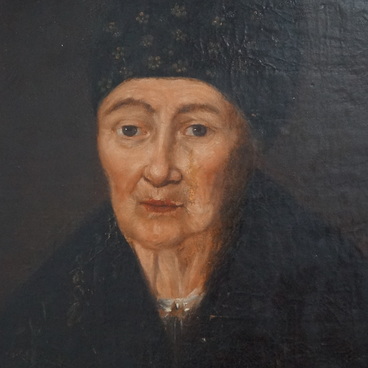Pyotr Kornilov, an art historian and collector of drawings, wrote about the school: “Unable to flatter and being a realist by nature, drawing on the fresco, popular prints, folk wooden sculpture, with their striking vitality, the “serf” painter unknowingly paved the way for the subsequent blossom of the itinerants’ group and the arrival of Perov’.
In 1802, painter Alexander Stupin opened Russia’s first provincial school of painting in the city of Arzamas, Nizhny Novgorod Governorate. It was a rare instance of implementing an academic model of art training in a small provincial town. Stupin’s initiative helped disseminate professional art education in provinces. The creative endeavour of many postgraduates of the Arzamas school made a significant contribution to the development of early and mid-19th century Russian art. This includes works by Vasily Rayev, Kuzma Makarov, Pavel Vedenetsky, Yevgraf Krendovsky. Their paintings and works by other artists are now held by museums of St. Petersburg, Moscow, Kazan, and Nizhny Novgorod.
It is often difficult to identify the author of pictures by the Stupin Painting School because he was a serf. A lot of such works of art are still unattributed, because serfs were denied numerous civil rights in the first place, authorship being one of them, so they could not sign their own pictures.
A Boy with a Book shows a child with a pensive look. The book suggests he is literate. In the 19th century, Russia was witnessing dramatic changes: educational institutions were becoming more democratic, and access to education was granted to children of low and lower middle class families in cities and peasants in the country. In primary and trade schools, children would study reading, writing, basic arithmetic, and divinity. The first educational institutions available for the lower classes in Russia were church schools, or parish schools, which appeared in 1804.
In the 19th century, A Boy with a Book was part of the early collection owned by Orest Kiprensky, a Russian painter and graphic artist.

